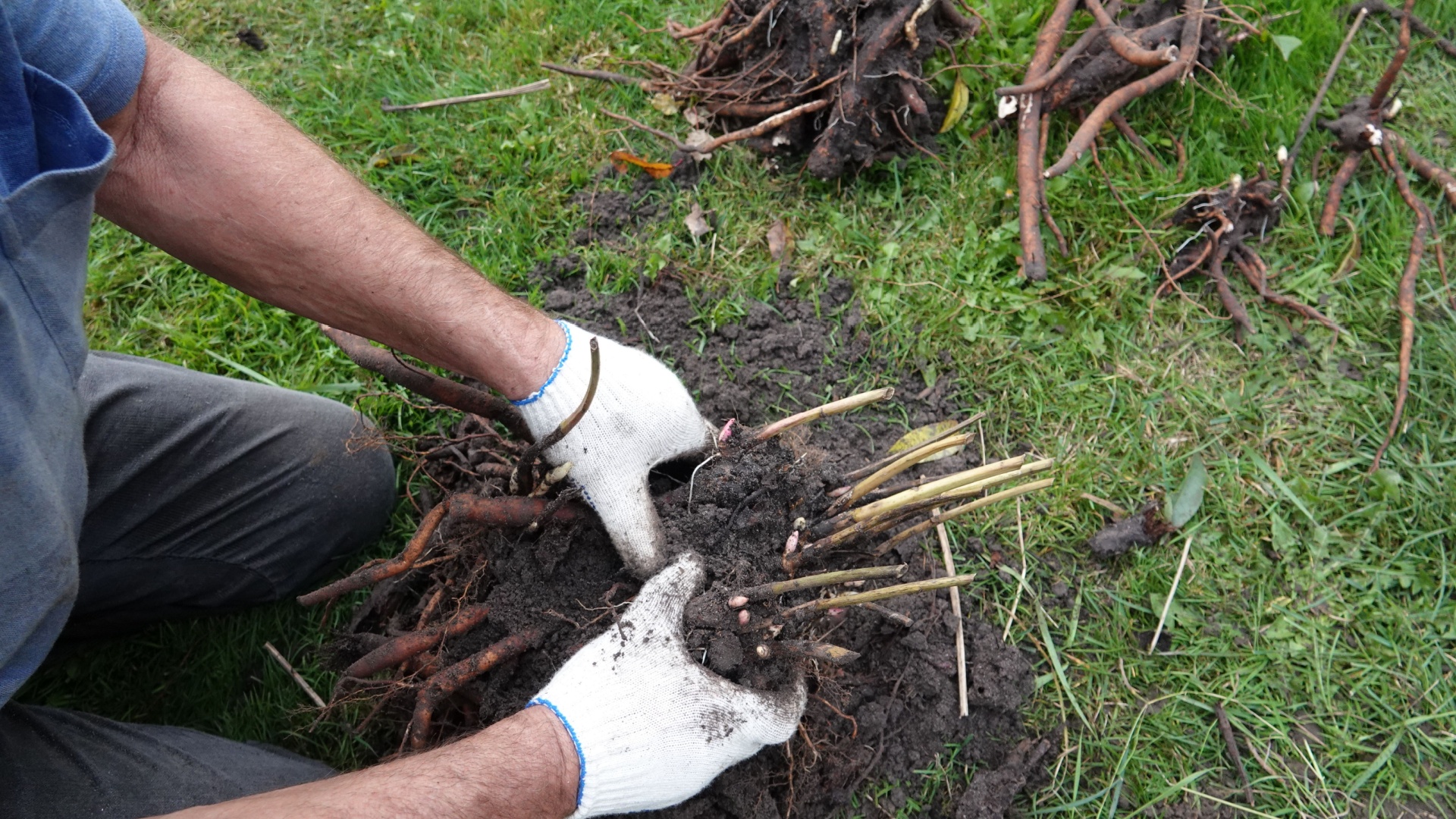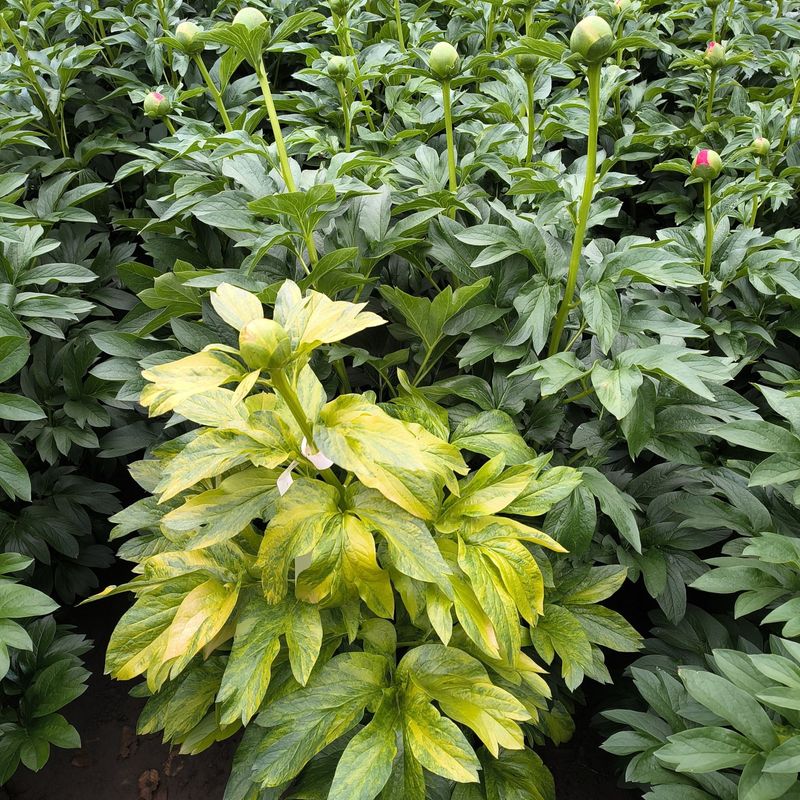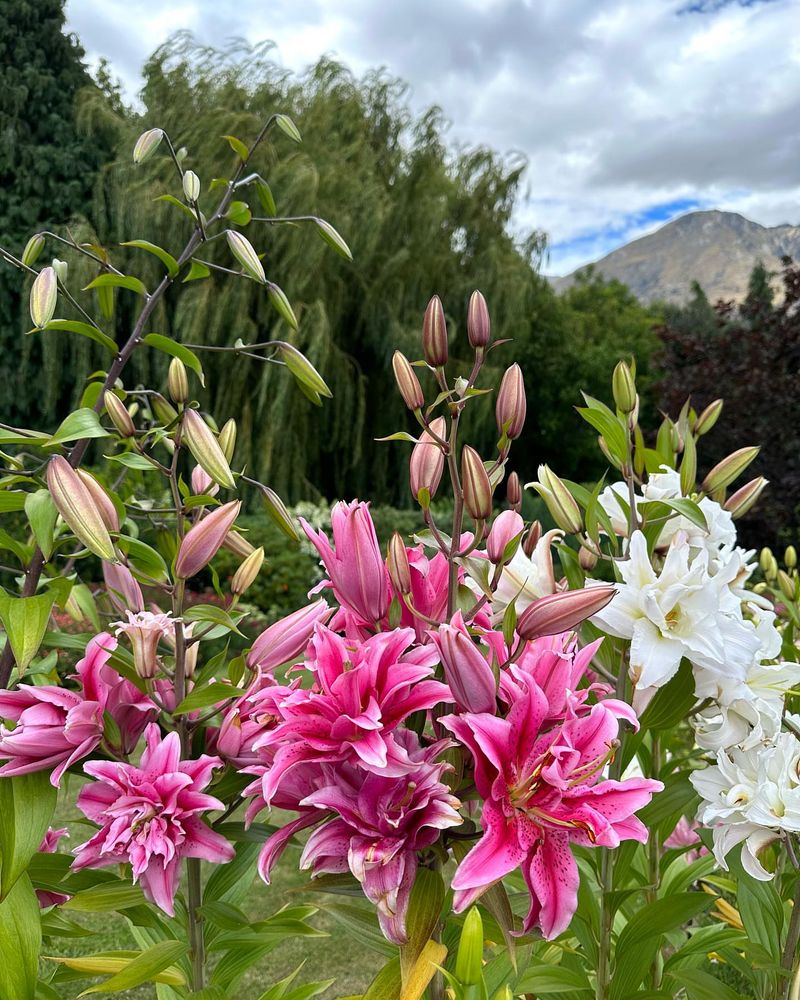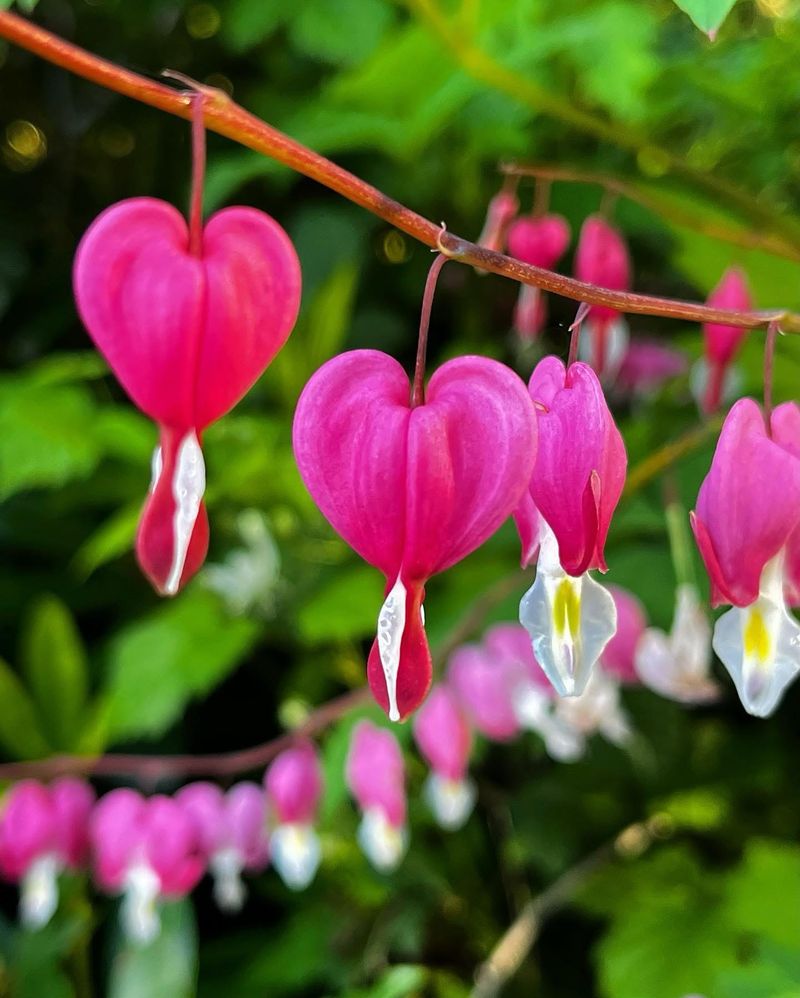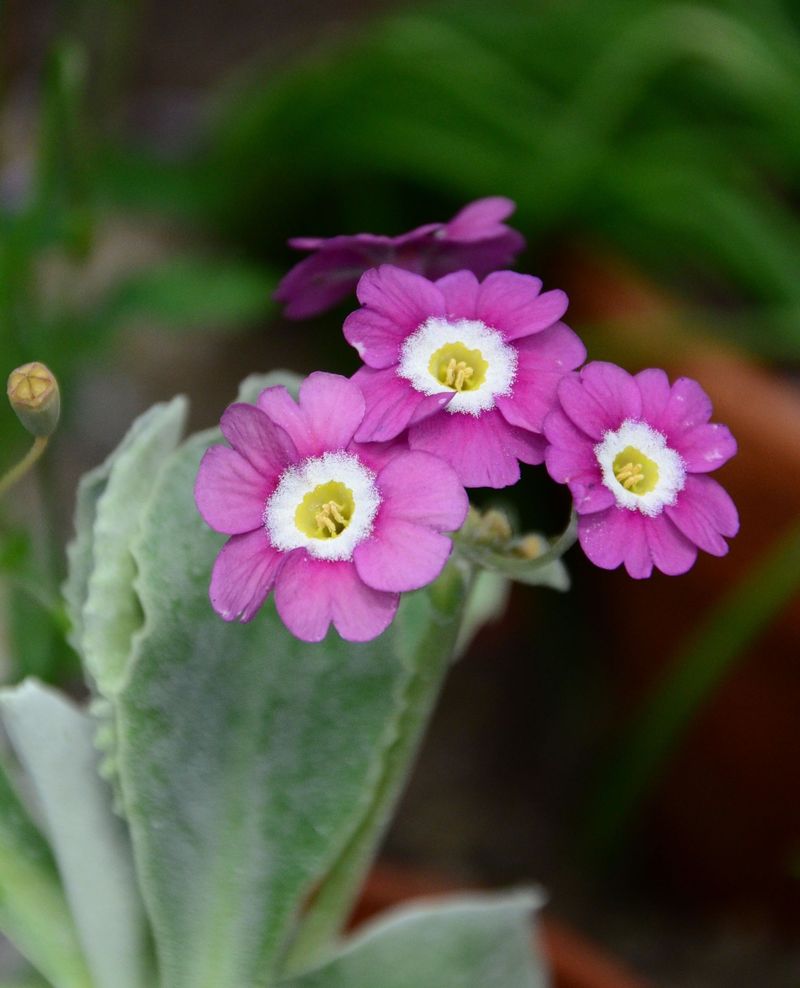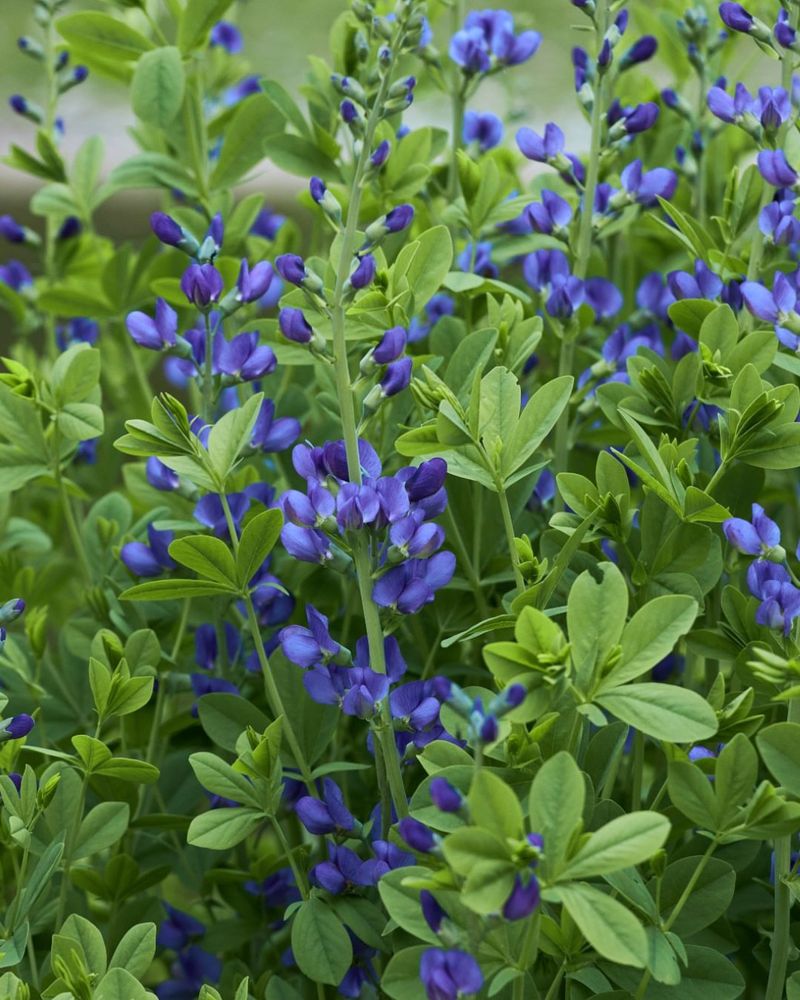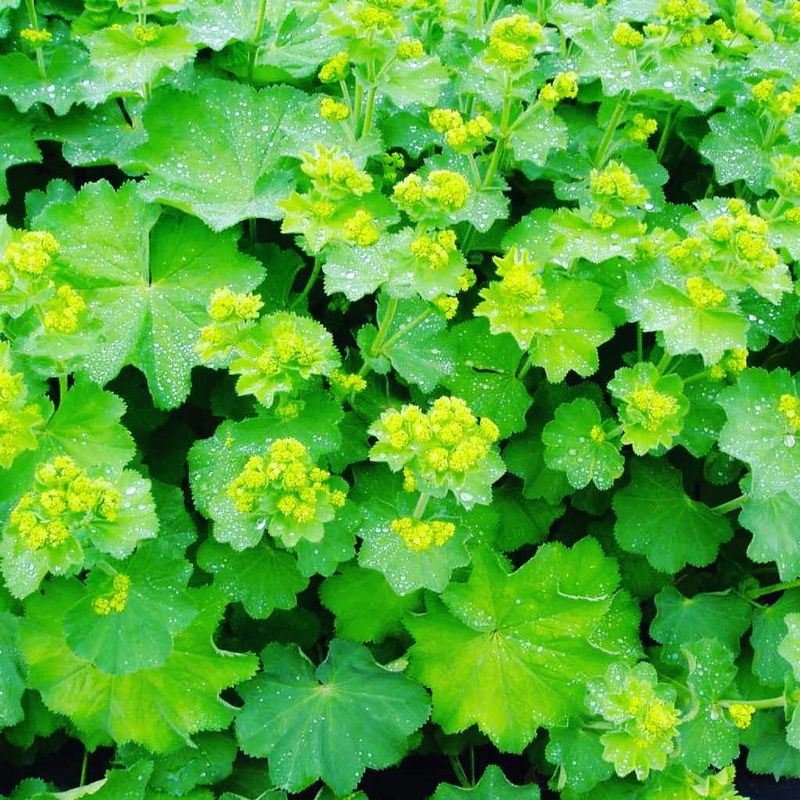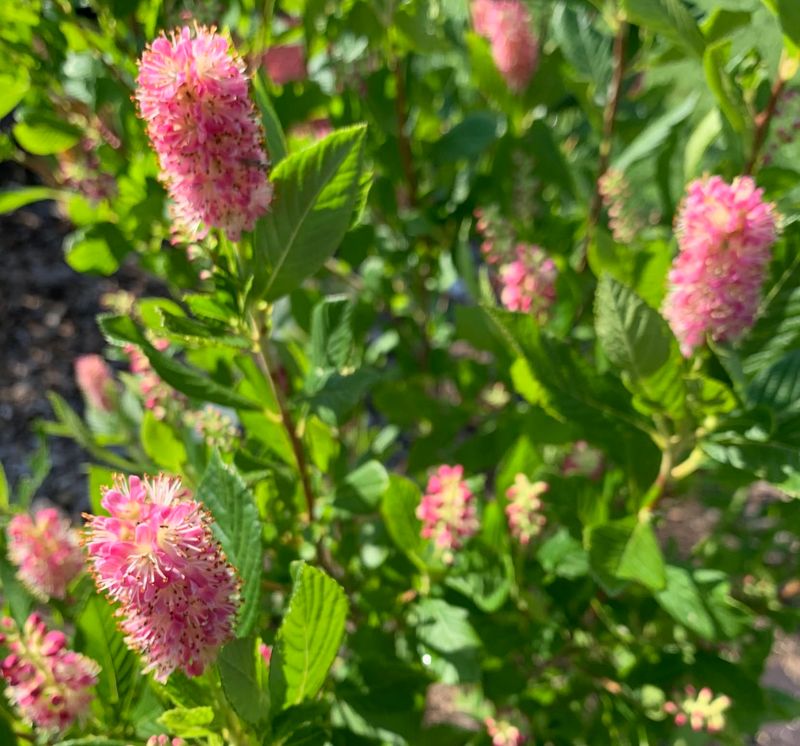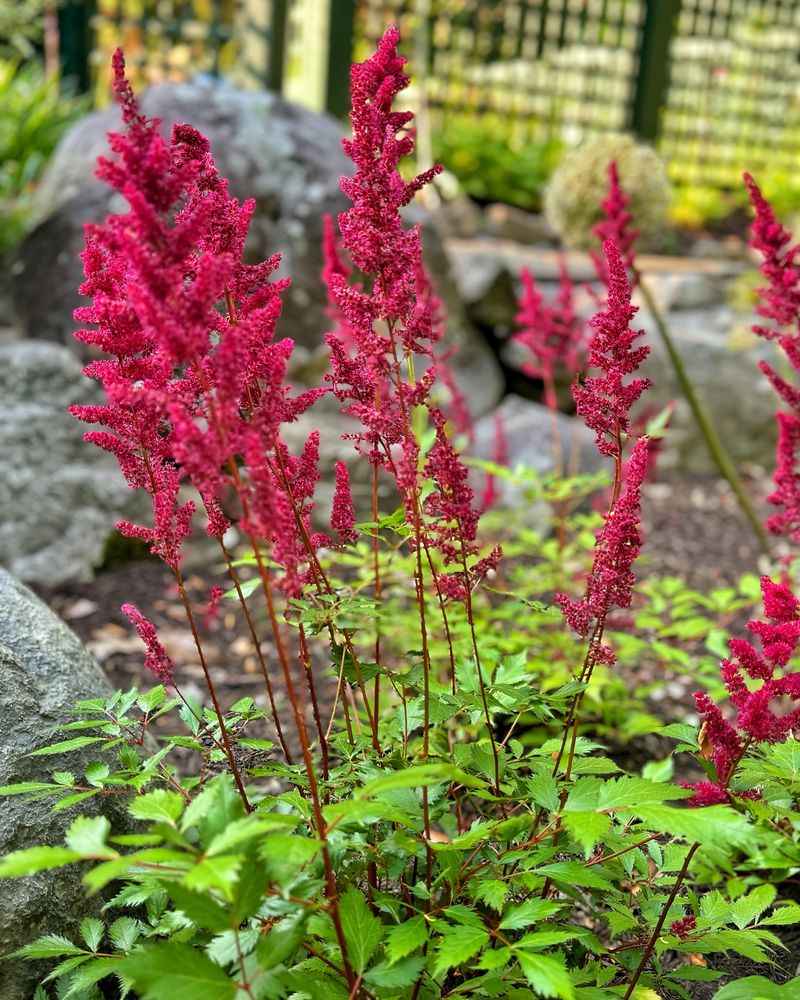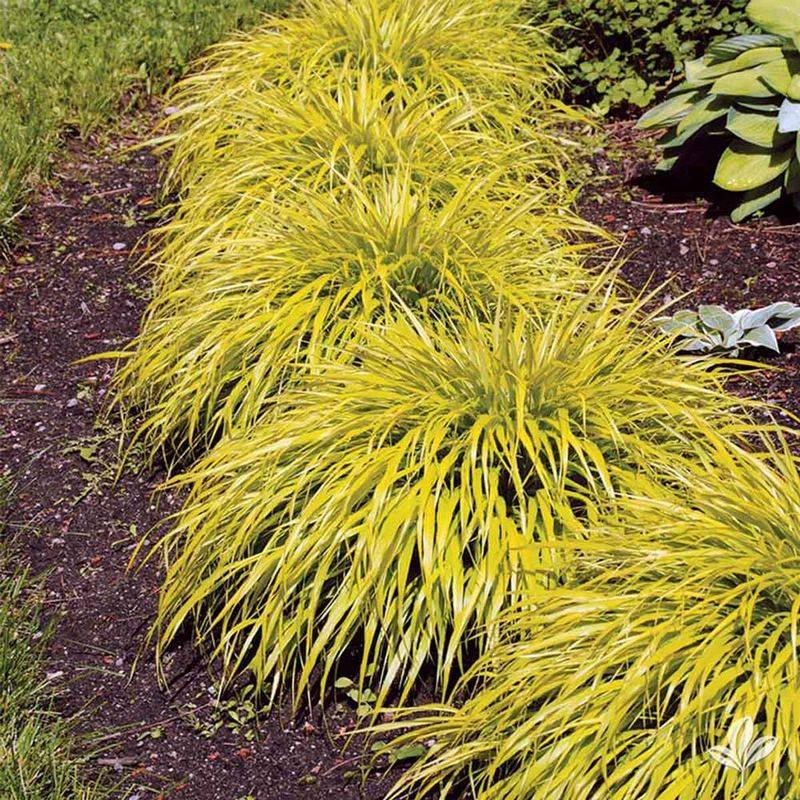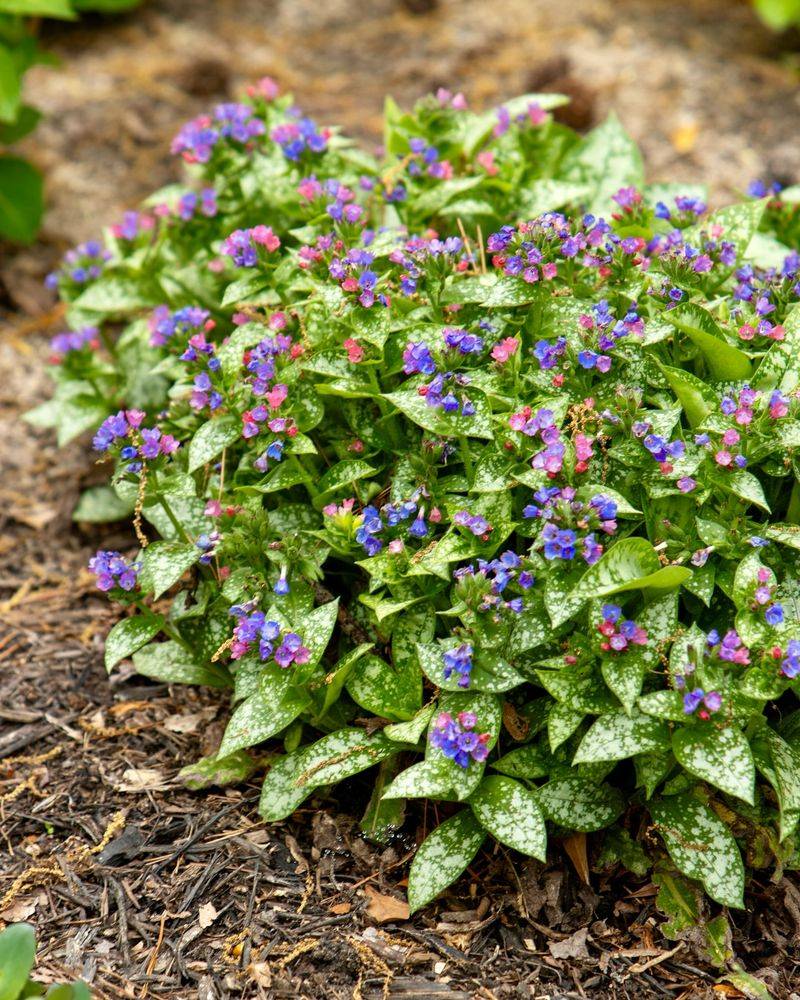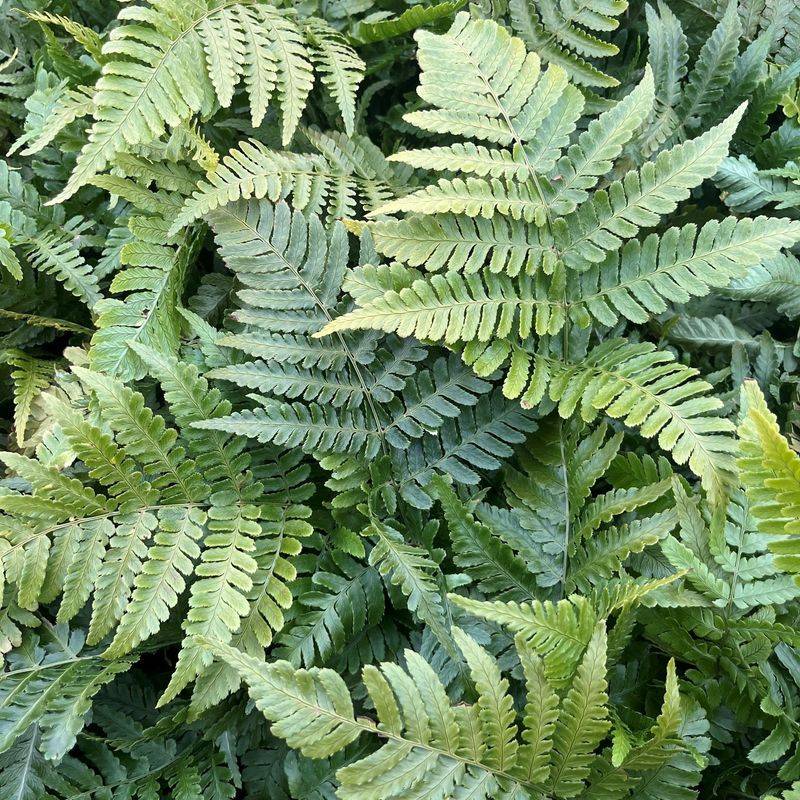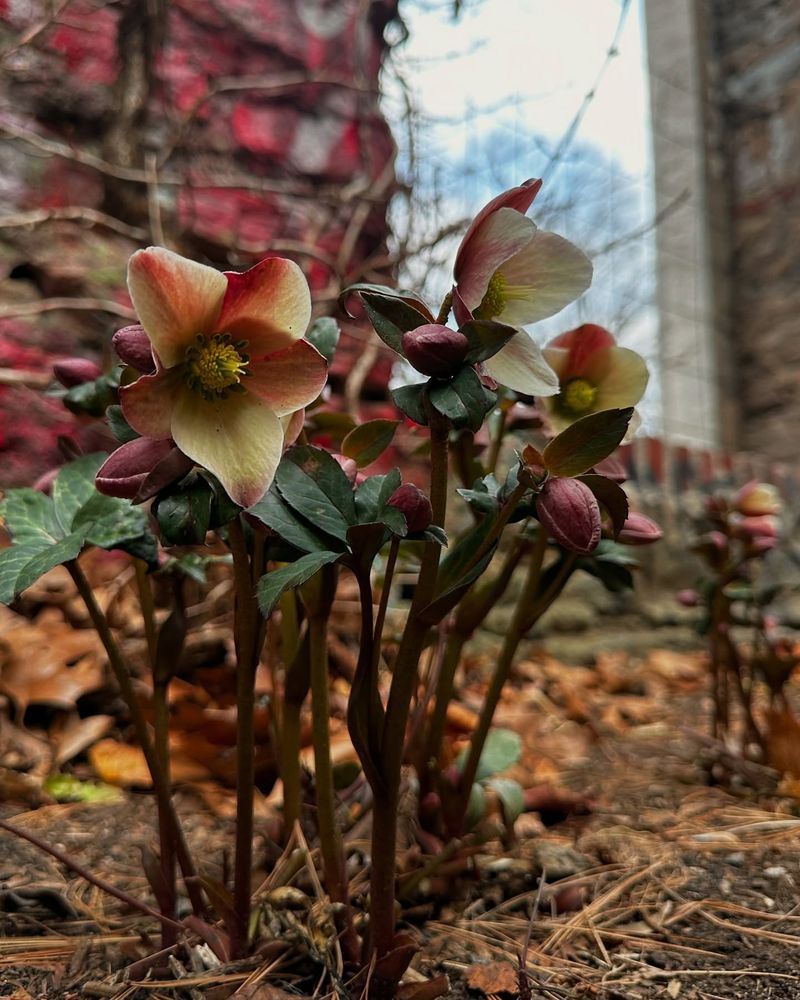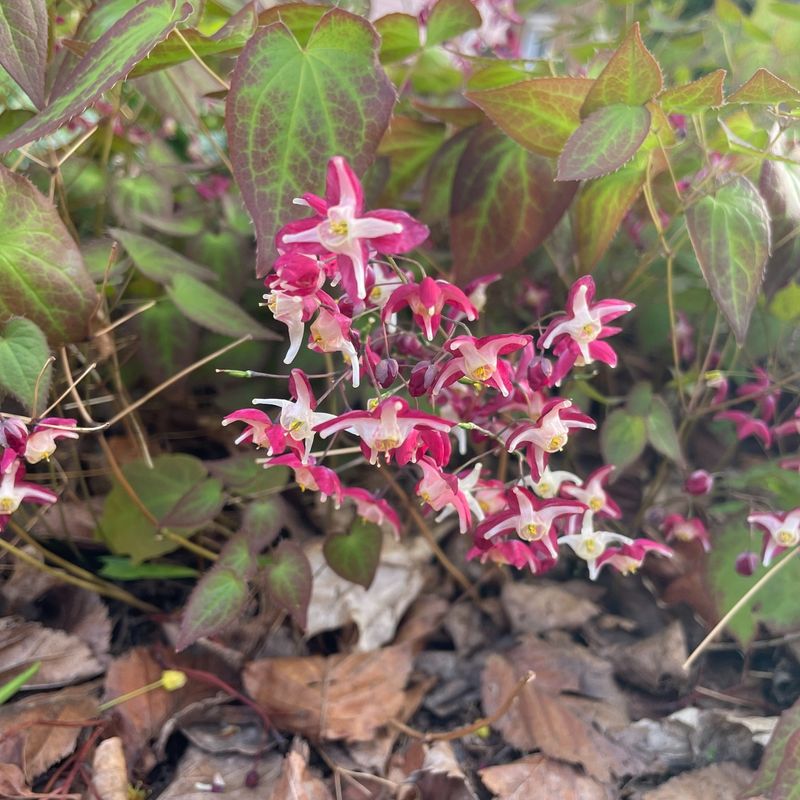Dividing perennials keeps your garden healthy and your plants thriving, but timing matters more than you might think. In Maine’s climate, August presents unique challenges for many plants that gardeners often overlook.
The combination of potential drought conditions, high temperatures, and the approaching fall season makes August particularly tricky for plant division in the Pine Tree State.
1. Peonies Protest August Splitting
Gardeners adore peonies for their spectacular blooms, but divide them in August and you’ll face their stubborn resistance. The plants are busy storing energy for next year’s flowers during this time.
Wait until September or October when the foliage begins yellowing. August division often results in weak growth and missed blooming cycles. Your patience will be rewarded with healthier, more vigorous plants next spring.
2. Oriental Lilies Need Different Timing
August finds oriental lilies either in bloom or just finishing their spectacular show. Disturbing them now interrupts their natural cycle of storing energy in their bulbs for next year’s display.
Fall division, after foliage has yellowed completely, yields much better results. Maine’s warm August soil also increases the risk of bulb desiccation if exposed during division. Your oriental lilies will reward October division with stronger stems and more abundant flowers.
3. Bleeding Hearts Hate Summer Splits
By August, bleeding hearts have typically gone dormant in Maine gardens, appearing to have vanished completely. Don’t be fooled into thinking this is a good time for division!
The plants are resting underground, and disruption now can shock their root systems. Early spring, when new growth just emerges, offers the ideal window for dividing these woodland beauties. August division often leads to complete failure of the divided sections to establish before winter.
4. Bearded Irises Resist Late Summer Digging
Maine gardeners prize bearded irises for their striking blooms and drought tolerance. August division, however, gives these beauties insufficient time to establish before winter’s grip takes hold.
July division allows roots to settle before cold weather, while August work often leads to heaved plants and winter losses. The rhizomes need time to anchor themselves properly in Maine’s soil. For best results, tackle iris division in early July or wait until next year.
5. Primroses Prefer Spring Separation
August’s potential heat and drought create hostile conditions for dividing these woodland gems in Maine gardens. Primroses naturally thrive in cool, moist environments.
Division stress combined with summer heat often proves fatal. Their shallow roots dry out quickly when exposed, and August rarely provides the consistent moisture newly divided primroses need. Spring division, when plants are naturally in active growth, produces far better establishment and flowering next season.
6. Trillium Treasures Detest August Disturbance
Maine’s native trilliums have a unique growth cycle that makes August division particularly harmful. By late summer, these woodland wildflowers have completely disappeared underground, storing energy in their rhizomes.
Finding and dividing them now damages developing flower buds for next spring. September division after complete dormancy or early spring as growth emerges works much better. Respect their natural cycle and you’ll enjoy more of these three-petaled treasures throughout your woodland garden.
7. Baptisia’s Deep Roots Rebel
False indigo develops an impressive taproot system that strongly objects to August disturbance in Maine gardens. The combination of potential drought and heat makes recovery especially difficult.
Young plants transplant more successfully than established ones. Attempting to divide mature baptisia in August often results in plant loss or years of recovery time. Spring division of young plants offers the only reasonable chance of success with these prairie natives.
8. Lady’s Mantle Objects to Hot Moves
The fuzzy leaves of lady’s mantle capture morning dew in magical droplets, but August division often leads to crispy, dying foliage instead. Maine’s late summer heat stresses newly divided plants beyond recovery.
Early spring or fall division allows plants to establish without heat stress. The distinctive scalloped leaves quickly burn when roots are damaged during August transplanting. Patience until cooler fall temperatures arrive will reward you with healthy, expanded clumps next season.
9. Foamflower Fails August Divisions
Maine woodland gardens often feature delicate foamflowers with their frothy spring blooms. August’s potential heat and dryness make division now particularly risky for these moisture-loving natives.
Their shallow root systems quickly desiccate when disturbed in summer heat. Spring division allows plants to recover with naturally cooler, moister conditions. Respect their woodland nature by avoiding August division, and instead mark clumps for separation next April when new growth emerges.
10. Astilbe’s Moisture Needs Make August Risky
Feathery astilbe plumes add dramatic texture to Maine gardens, but their high moisture requirements make August division particularly challenging. The plants struggle to establish new roots while coping with late summer heat.
Division wounds heal slowly in warm soil, increasing disease risk. Early spring or fall division, when temperatures are cooler and rainfall more reliable, results in quicker establishment and less transplant shock. Your patience until September will be rewarded with healthier plants.
11. Japanese Forest Grass Suffers Summer Splits
The graceful, arching leaves of Hakonechloa make it a Maine garden favorite, but August division often leads to brown, crispy results. The plant’s shallow root system struggles to support divided sections during late summer heat.
Spring division allows for recovery during the naturally moist growing season. Maine’s August can bring drought conditions that newly divided ornamental grasses simply cannot tolerate. Mark these beauties for division next May instead of risking their loss now.
12. Hosta Heartbreak Happens in August
Maine gardens often showcase hostas for their shade tolerance and varied foliage. August division, however, leaves plants insufficient time to establish before winter dormancy.
The large leaves increase moisture loss through transpiration while damaged roots struggle to keep up. Spring or early fall division allows proper establishment before summer heat or winter cold. August-divided hostas often emerge weaker next spring with smaller leaves and fewer divisions.
13. Pulmonaria Protests August Disruption
Lungwort’s spotted leaves and early spring flowers make it valuable in Maine shade gardens. August finds these plants semi-dormant and particularly resentful of root disturbance.
The combination of summer heat and division stress often results in complete leaf die-back without recovery. Early spring division, just as new growth emerges, proves far more successful. Mark these plants now but save actual division for next April when they’re naturally entering active growth.
14. Fern Families Fade When August-Divided
Maine’s native ferns add woodland elegance to shady gardens but harbor a secret resistance to August division. Their complex root systems and growth patterns make late summer division particularly unsuccessful.
Early spring, as fiddleheads emerge, offers the ideal division window. The plants need a full growing season to establish after separation. August-divided ferns often fail to return the following spring, or return as significantly weakened specimens with fewer fronds.
15. Hellebore Hates Hot Weather Moves
Lenten roses bring early spring joy to Maine gardens, but their deep roots strongly object to August disturbance. The plants are preparing for next year’s bloom cycle during late summer.
Division now interrupts this critical preparation period. Fall division after temperatures cool or early spring division before flowering yields much better results. Maine’s potential August heat places additional stress on these woodland plants that naturally prefer cool, moist conditions.
16. Epimedium Emphatically Refuses August Division
Barrenwort’s heart-shaped leaves and delicate spring flowers make it perfect for Maine’s woodland gardens. August division, however, often results in complete failure to reestablish.
The wiry root systems suffer in summer heat and struggle to support the plant when disturbed. Early spring division, just as new growth emerges, proves far more successful. These slow-growing plants invest years in developing their root systems—respect this investment by avoiding August division.

